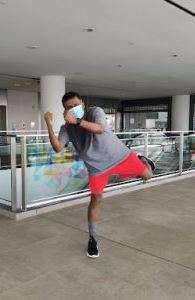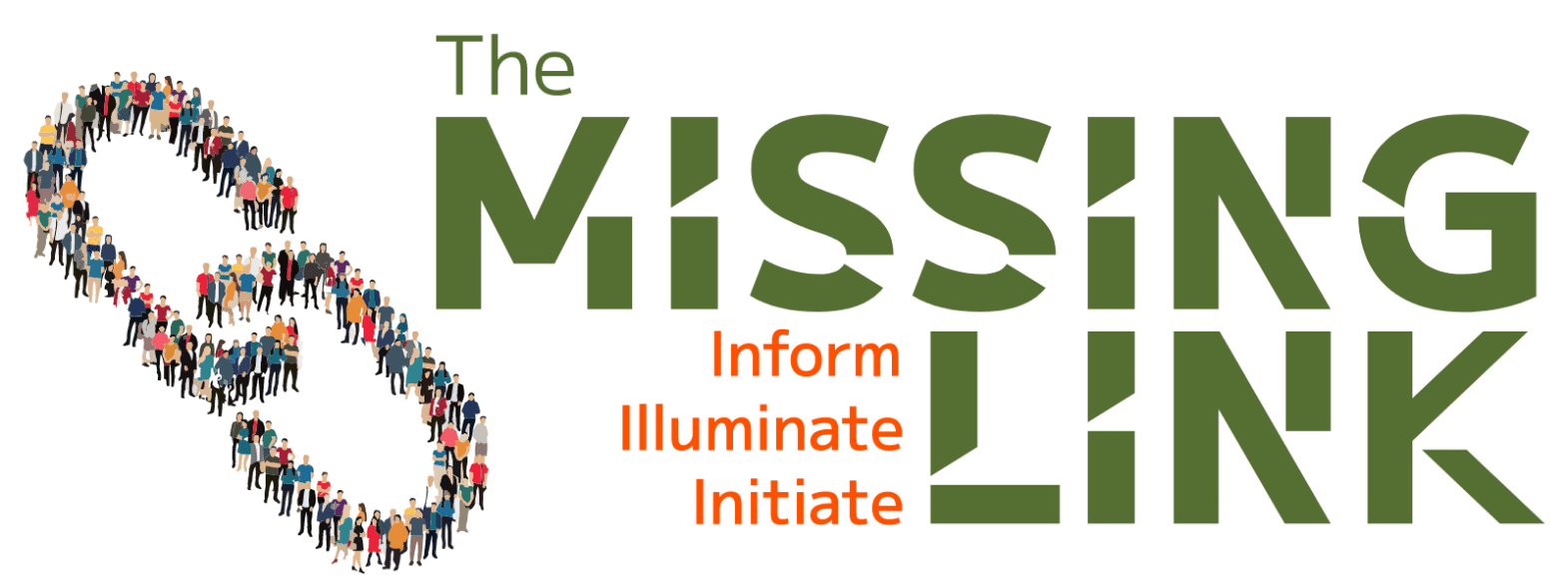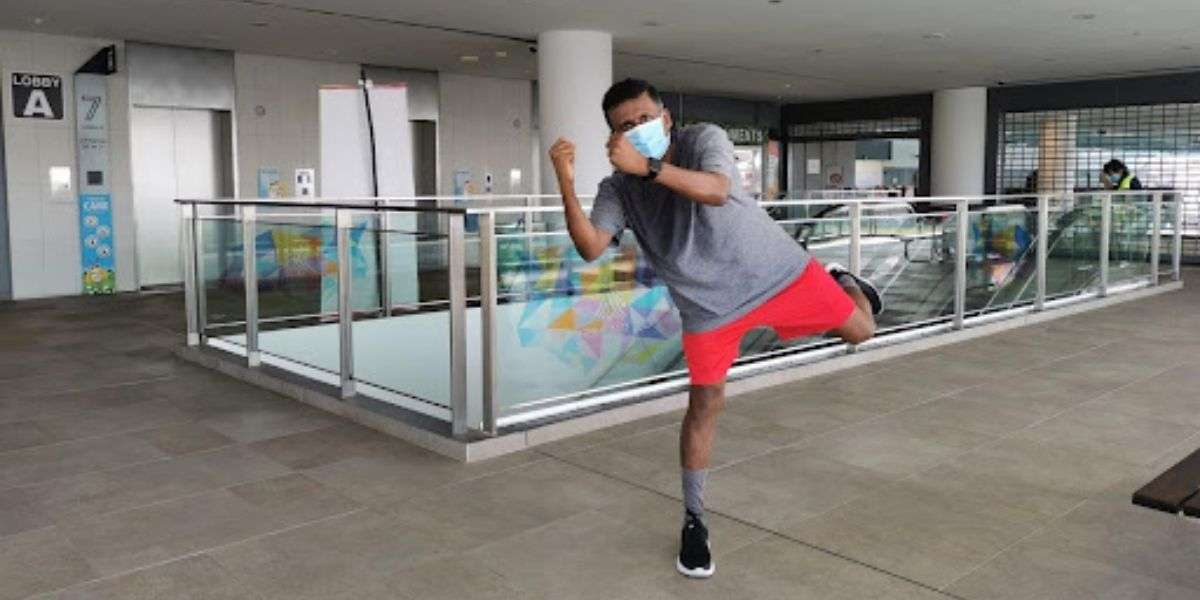A Health and Fitness Article of Transformation
Step by Step Guide to Healthy Lifestyle Series
Abstract
This article is written from the author’s own experience of lifestyle change, resulting in a transformation of his health from ‘tablet taker’ to ‘wardrobe changer’.



lThis Article has 5 Episodes
- Can I be Fit? – First Episode
- What is a Well-balanced Fitness Plan – Second Episode
- How do I burn Calories? – Third Episode
- Monitoring my Changes and Results – Fourth Episode
- Letting Fitness become a Lifestyle not just a mere exercise. – Final Episode
Can I be Fit? – How did I start?
It started with me being admitted to CGH on the 08th of Dec 2019 for a heart health issue which incurred a bill of $13,000. After being tested for 3 days, I was discharged on the 11th of Dec 2019 and prescribed the following medications:
- Atorvastatin to control my cholesterol
- Amlodipine to control my sugar
- Metformin HCL to control my diabetes mellitus
I was seriously worried about my deteriorating health condition. I am sure many of you could be in such a condition. It is possible that you have given up on all solutions and are resigned to being a tablet taker for the rest of your life. If you are in that situation, here is an account of my transformational journey to inspire and motivate you that all hope is not lost. There is another way.
Risk Involved
When I was admitted to the Changi General Hospital Cardiovascular Medicine department I was having chest pains. I was as per the CT-Scan diagnosed with a tiny spot of calcified plaque in the D1 branch with mild narrowing. I was transferred to Polyclinic or primary health care for continual management of cardiovascular risk factors.
Need a Change:
I remember feeling so bad when I received a Get well Soon card from the bosses of my company at that time – HDT Singapore Holdings Pte Ltd – on the day of my discharge. God has given each of us a mandate to offer our bodies as a living sacrifice (Romans 12 vs 1 , “12 I beseech you, therefore, brethren, by the mercies of God, that ye present your bodies a living sacrifice, holy, acceptable unto God, which is your reasonable service). Is my body Holy and acceptable to God? I needed a change badly, I know that God can change my situation if I made the first move.
Taking cognizance of your condition:
The earliest the record I have, my weight was 80.1 Kgs
My Blood Pressure: Systolic /Diastolic: 158/89 Pulse: 70 bpm
the SATA Community Health clinic showed my weight as 81.90kgs.
My Blood Pressure: Systolic /Diastolic: 168/98 Pulse: 70 bpm
I tested again in India when I visited my mum
HBa1C was 7.5% which is high showing the need for diabetic medication
After a fast, the reading showed 9.38 mmol/l which was high.
My weight is 70 kgs , My Blood Glucose level
HBA1c : 5.6% ( Target <7.0 % )
My Blood Pressure: Systolic /Diastolic: 130/77 Pulse: 70 bpm
Currently I have been taken off all my medication and allowed to follow my own exercise and diet plan. Praise be to God, I am now transformed from a tablet taker to a health seeker. You too can.
Starting a Fitness Journey:
Start in small but decisive steps. Firstly, be motivated to start as the mind is an important factor in exercising. There are days when I do extremely well without much effort and there are days when I am dragging and I feel the strain. I realized it’s the mind that plays games on the body.
Having a Simple Exercise Plan:
Let me tell you, every exercise plan must have an objective, without which you will not see tangible results. Many exercise plans fail when the user follows the wrong plan.
For example, if your plan is for diabetes control, start with running. If you just do brisk walking it will not lower your blood sugar level. So, understanding the basics of exercise is important and you can choose the right exercises to get optimal results.
Fat Burn:
The American Heart Association recommends 150 minutes of moderate activity or 75 minutes of vigorous activity per week.
What do you need to measure this? It’s a simple tracker. I will tell you more about a simple tracker and where you can purchase it. It’s a good investment towards healthy living. A stopwatch will not be able to measure your heartbeat which is the basic measurement used in calculating the fat burn.
Time is divided into Zones generally
Your Activity is classified as Light, Moderate and Vigorous based on the heartbeats per minute.
Most watches whether it’s a Garmin or Fitbit use this concept of active zone minutes.
Your Activity can be:
Brisk Walking, Swimming, Running as more vigorous
Workout, Treadmill, Interval Workout as both moderate or Vigorous based on the level of
Intensity.
Casual Walk, Hike or Spinning can be considered as light based on the stimulation of heart beats per minute.
Here is Heart Rate Zone Table for your reference:

| FAT BURN(BPM) | CARDIO(BPM) | PEAK(BPM) |
| 103-123 | 124-150 | 151+ |
When I started my exercise rhythm a year ago, hitting 150 zone minutes was difficult. Now my average is 251 zone minutes per week.So when you walk, run, swim or do any form of exercise do it intentionally to generate these zone minutes. Different trackers adopt this differently; you need to read the literature to understand.
Selecting a Tracker:
Select a Tracker for Life, I have gone on a spree of buying different trackers and after several unsuccessful attempts I now know what I use the most in a tracker.
Steps
This function counts the steps you walk and then this is used for a variety of computations within the tracker. Every basic Tracker will have this function.
Heartbeat (Heart Rate)
Unit of measurement is BPM. This is another basic function most trackers will have, some very simple ones lack this, in this case you can skip on those.
Floors climbed
This is a nice to have function and only certain trackers like Garmin have the ability to make accurate altitude measurements . This is nice to have, not a must.
Distance walked
Some Trackers use Steps to calculate the distance walked in Km.Some are more accurate based on GPS tracking. Again it’s a nice to have, but not critical.
Calories
This is Critical for pro users who want to track their weight on a daily or weekly basis. Accordingly, some trackers like Garmin and Fitbit are more accurate in tracking the calories burned using a function of heartbeat to calculate and a measure of time. I will share with you in a separate section on Calories burned.
Blood Pressure Reading
I have a programmable watch which does ECG and Blood pressure reading. Now this isfancy, if you don’t have such a watch it is not a big deal. I have found I can always take a reading 2 hours after my exercise to measure my resting blood pressure reading.
Resting Heart Rate
- Many trackers like Garmin and Fitbit can track your heart rate continuously. This is a good read of your heart health and it is better than Blood pressure monitoring as Blood pressure is only done on a particular moment. Typically its between 60 – 100 bpm. It varies with age and fitness level.
Breathing Rate
BR (Breathing Rate) is the number of breaths taken per minute. The Body adjusts BR to help you get enough oxygen. BR is typically 12 -20 Breaths per minute. Typically, this is customized for every individual by monitoring up to 30 days of data. Personal Range is plus or minus 2 standard deviations from your baseline. (It’s okay if you start without this ability)
Heart Rate Variability
HRV is the variation in the time between heartbeats. Even if your heart rate is 60 beats per minute it doesn’t mean your heart beats once a second. Your autonomic nervous system (ANS) determines the timing of each heartbeat. This is also personalized to your range using 30 days of data collected. Personal Range is plus or minus 2 standard deviations from your baseline. (It’s okay if you start without this ability) A higher HRV seems to be linked to better health.
Skin Temperature
It’s a temperature reading taken from your wrist while you sleep. It’s not the same as core temperature. I will deal with core temperature in a separate episode or section. Core Temperature is the temperature of the inside of your body and is usually taken using a thermometer. This parameter of skin temperature varies from night to night and is measured throughout your sleep. Warming up or cooling down the skin is one way the body regulates itself to keep the core temperature stable. Some factors that change the skin temperature could be circadian rhythm, menstrual cycle or the onset of a fever. (It’s okay if you start without this ability)
Sp02
Also known as Oxygen saturation which nowadays has become a monitoring necessity to fight against Covid-19 and its variants. Blood Oxygen saturation estimates the amount of oxygen in the blood. Nighttime SpO2 is generally lower than the day due to the fact that your breathing rate is usually lower during your sleep. In general, SpO2 values during sleep are generally above 90% during the night. To measure this the Tracker uses Red and infrared sensors that can measure and estimate this. (It’s okay if you start without this ability). An Oximeter is generally more accurate in measurement.
- ,What is a Well-balanced Fitness Plan
Planning your Exercise:
Let me start off by saying what a good Plan must consist of. We will deal with this in more detail in the coming episodes. There is no single exercise that can take care of all your body needs. In fact, you get the most benefit by following a routine. What you want is a mix of activities during your week or day. Otherwise, it’s like dieting with only fruit.
Developing a Balanced Exercise Plan:
The physical Activity Guidelines for Americans from the US DOH (Department of Health) is used around the world as a standard for weekly routines.
- 150 minutes of moderate aerobic exercise per week (for example, 30 minutes on each of five days)
or 75 minutes of vigorous aerobic activity (or an equivalent mix of the two). - two or more strength training sessions per week, with at least 48 hours in between to allow muscles to recover. balance exercises for older adults at risk for falls.
- workouts can be broken up into smaller segments. For example, three 10-minute walks can get you to your daily goal of 30 minutes of aerobic exercise.
Aerobic exercise (cardio):
Aerobic activities are great for burning calories and paring down unwanted fat. They consist of activities that make the heart and lungs work harder: think of walking, biking, running, and swimming, for example.
Aerobic exercise temporarily boosts your heart rate and breathing, allowing more oxygen to reach your muscles and tuning up cardiovascular endurance. These are the activities that are associated with lower risk for many diseases and longer life span.
Warm up :
Warm–up exercises are of paramount importance for anybody who desires to workout. Although warm ups probably won’t help much with burning calories or building muscle, they’re crucial to the success of a workout! Before you even think about running or using the machines at the gym, you ought to make sure you complete a warm up and do a few stretches – but what makes them so important?
As well as a good warm-up, workout preparation should also involve ensuring that you have suitable equipment for the exercises you’ll be doing. CrossFit, for example, can be enhanced by the use of accessories; particularly helpful for its Workouts of the Day are resistance bands and palm guards.
Popular warm-up exercises you might like to try include jogging on the spot for several minutes, cycling, or even simply performing your workout at a much slower pace to prepare your body. For your stretches, try static stretching, which involves stretching a muscle slowly and holding it in place for up to thirty seconds.
The benefits of warming up are evident, and warmups will help you to achieve your goals at the gym; it’s, therefore, clear that warm-up exercises should not be overlooked by gym goers at any level. Once you’ve prepared your body and mind and done some stretching, you’ll be ready to make the most of your workout!
What should you focus on while exercising?
Focus on form, not weight: Align your body correctly and move smoothly through each exercise. Poor form can prompt injuries. Many experts suggest starting with no weight, or very light weight when learning a strength training routine. Concentrate on slow, smooth lifts and equally controlled descents while isolating a muscle group. You isolate muscles by holding your body in a specific position while consciously contracting and releasing the targeted muscles.
Tempo: Tempo helps you stay in control rather than undercut strength gains through momentum. For example, count to four while lifting a dumbbell, hold for two, then count to four while lowering it to the starting position.
Breathe: Blood pressure increases during a work-out, but it rises even more if you hold your breath while performing strength exercises. To avoid steep increases, exhale as you lift, push, or pull; inhale as you release. To make sure that you’re not holding your breath, count your tempo aloud. You can’t hold your breath when you’re talking.
Finally let me conclude by saying we need a Healthy Body, a Healthy Mind and a Healthy Soul. In the next episodes watch out for more advice, tips and a deep dive into understanding the science and the art of exercises that keep you in shape. I hope you enjoy this segment; I pray that each of you reading this article will change your thinking and start becoming healthy. Let me end this article here by saying, “Change from being a Tablet taker to becoming a Wardrobe changer”.


